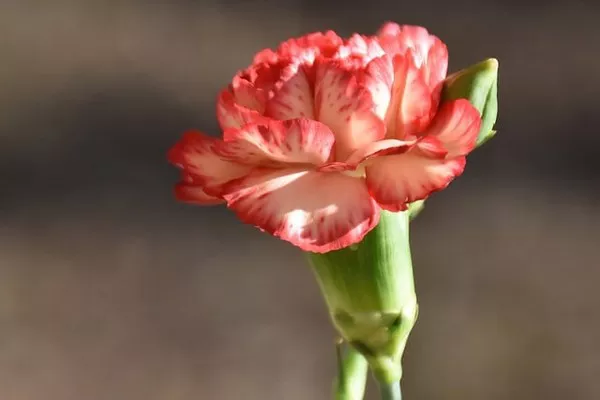As the first month of the year unfolds, individuals born in January have the privilege of claiming the carnation as their birth flower. Known for its delicate beauty and rich symbolism, the carnation has captivated cultures throughout history. In this article, we will explore the significance of January’s birth flower, delving into its historical roots, cultural importance, and the diverse range of meanings associated with this enchanting bloom.
Historical Roots of Carnations:
The history of carnations dates back over 2,000 years, with origins deeply rooted in Greek and Roman mythology. According to legend, the carnation was created when the tears of the Greek goddess Diana fell to the earth, transforming into these exquisite flowers. The name “carnation” is believed to be derived from the Latin word “corone,” meaning flower garland or coronation, further emphasizing its cultural importance.
Cultures around the world have embraced the carnation for various purposes, from religious ceremonies to medicinal applications. In ancient Rome, carnations were used to create luxurious garlands for celebrations and ceremonies, symbolizing purity and love. Over time, these flowers became associated with divine attributes, often adorning statues of revered figures.
Cultural Significance:
The cultural significance of carnations extends beyond ancient civilizations, as they continue to hold a special place in various cultures and traditions around the world. In many Asian cultures, carnations are commonly used in religious ceremonies and rituals, symbolizing purity and spirituality. The vibrant hues of carnations, ranging from deep red to soft pink and white, are often chosen to convey specific sentiments in different contexts.
In Victorian England, the language of flowers, or floriography, gained popularity as a subtle way to express sentiments that could not be spoken openly. Carnations, in particular, became associated with love and fascination, making them a popular choice for expressing admiration and affection. Red carnations were often exchanged between lovers, while white carnations symbolized pure love and luck.
Varieties of Carnations:
Carnations come in various colors, each carrying its own unique meaning. The most common colors include red, white, pink, and purple, with each shade conveying distinct emotions and sentiments.
Red Carnations: Symbolizing deep love and admiration, red carnations are a classic choice for expressing romantic feelings. They are often exchanged on special occasions such as anniversaries and Valentine’s Day.
White Carnations: Representing purity, luck, and innocence, white carnations are popular in weddings and religious ceremonies. They convey a sense of serenity and are often chosen to honor loved ones who have passed away.
Pink Carnations: Pink carnations are associated with gratitude, appreciation, and motherly love. They make a thoughtful gift for expressing admiration and affection, especially towards mothers and maternal figures.
Purple Carnations: Symbolizing capriciousness, whimsy, and unpredictability, purple carnations add a touch of mystery to floral arrangements. They are often chosen for individuals who appreciate the unconventional and unique.
Meanings and Symbolism:
The carnation boasts a rich tapestry of meanings and symbolism, making it a versatile flower with the ability to convey a range of emotions. Some of the primary meanings associated with carnations include:
Love and Admiration: Red carnations are the quintessential symbol of love and deep admiration. Whether expressing romantic feelings or celebrating a long-lasting partnership, red carnations convey passion and affection.
Purity and Innocence: White carnations symbolize purity, innocence, and luck. They are often chosen for weddings, christenings, and other events that celebrate new beginnings.
Gratitude and Appreciation: Pink carnations are associated with gratitude and appreciation. They make a thoughtful gift to express thanks and admiration for someone special.
Fascination: The term “carnation” itself is derived from the Latin word “corone,” meaning fascination. This makes carnations a fitting choice when expressing fascination or enchantment with someone or something.
Conclusion:
As January unfolds, individuals born in this month can take pride in claiming the carnation as their birth flower. Beyond its aesthetic appeal, the carnation’s historical roots, cultural significance, and diverse symbolism make it a captivating bloom with a story to tell. Whether expressing deep love, gratitude, or fascination, the carnation remains a timeless and meaningful choice for floral arrangements and meaningful gestures throughout the year.


